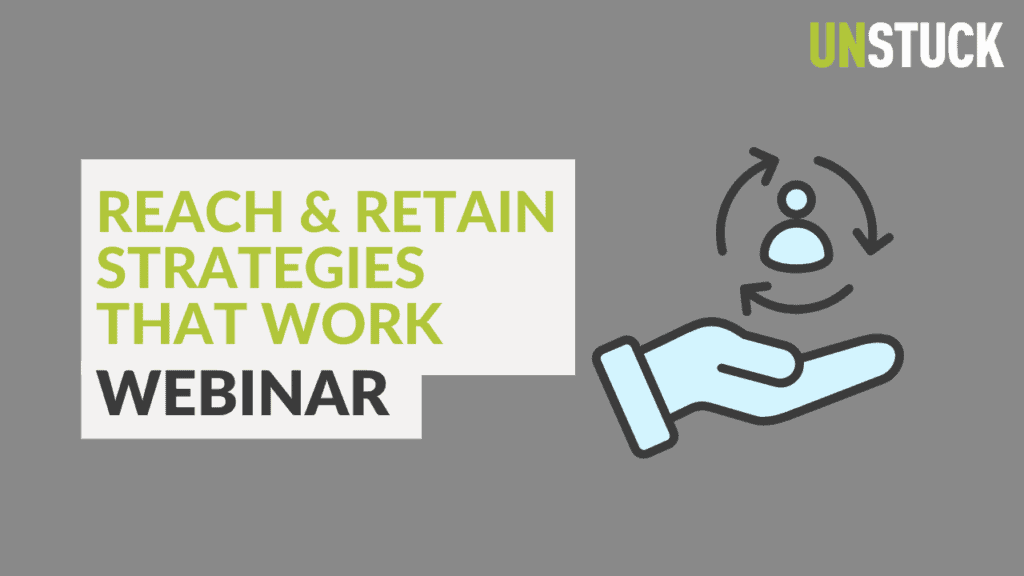We’re taking a look back at Church Giving in 2024. Hear from Danny Stokes, Mortarstone Customer Success Specialist and Pastor of Financial Freedom at Cross Timbers Church, on current trends around giving in the local church, and ways to approach this tough topic.
In the latter half of 2024 and into early 2025, my church has seen a decline in giving—and perhaps your church has experienced a similar trend. As ministers focused on stewardship, generosity, and church finance, is it possible to steer things in a more positive direction?
MortarStone recently released its 2024 Annual Report, which is based on real data from 537 churches. The report highlights contributions from 941,790 unique giving households that collectively made 43.1 million gifts, totaling $13.7 billion. A closer look at this data reveals interesting trends that can be impacted by ministry.
Click here to download the full report. Below are a few key takeaways.
1. Develop a Strategy for First-Time Givers
Recent findings show that “Half of the households that gave in 2021 did not give in 2024” and that while the number of new givers is growing, though their donation amounts are lower. Rather than viewing this as a setback, see it as an opportunity. Many churches simply send a thank you note to first-time givers and wait to see if they give again. But what if we took a more aggressive approach to welcome and integrate these new givers into our church community? Research indicates that the more engaged a person becomes the more likely they are to continue giving.
At my church, every first-time giver enters a multi-step workflow that includes a thank you video (We’ve scrapped the hand written thank you notes that are no longer impactful…I know, it’s scandalous!), a powerful testimony of life change, a small token gift, assistance in joining a small group or finding a service opportunity, and an invitation to subscribe to our weekly newsletter. All of these steps can be automated and tracked through MortarStone software. Instead of waiting for repeat gifts, why not connect and pastor these individuals so that recurring giving follows naturally?
2. Clean Up Your Church’s Data
The report reveals that “Churches are missing dates of birth on 47.6% of givers” and that “Churches host 13.5 million households in their ChMS, of which only 941,790 have a recordable gift.” Clearly, many church databases have become little more than cluttered “junk drawers.” Accurate data—like birthdates—is crucial for tailoring discipleship, especially as Gen X now represents a significant giving demographic in place of Boomers.
Consider when your last data cleanup occurred. Is there a designated staff member or key volunteer tasked with removing duplicates, consolidating household records, and updating information? A good starting point might be to ask staff to update their profiles, then extend the request to volunteers and small group leaders, who can encourage their groups to update their details as well. Offering incentives and integrating profile updates (including birthdates) into the membership process can also make a significant difference. Let’s commit to giving our databases a thorough cleaning!
3. Reassess Your Approach to Tithing
The statistics are eye-opening: “Only 1 in 20 attendees are tithers” and “of those who gave in 2024, 8.9% tithed.” If tithing is seen as a key component of discipleship, this low participation is a clear concern. At my church if only 1 in 20 people prayed or read their Bible or had healthy marriages, I’d be hard at work designing a ministry that would change that statistic.
Church leadership should consider developing a robust Theology of Stewardship and Giving. Important questions include: Does God truly own everything? Is the staff expected to tithe? Should every New Testament believer tithe? And if so, should the tithe be given directly to the church, or is it acceptable to give it to other Christian organizations? Once these questions are addressed, you can standardize the language used in sermons and other church publications. As the saying goes, “words create worlds.” With a clear stewardship theology, you can also explore classes, coaching, and events that support your church’s unique approach—Jim Shephard at Generis has an excellent podcast on this subject.
MortarStone now features a new “Tithing” section that offers insights into giving trends based on neighborhood census data, helping to identify households with the capacity for more giving—and even those who might be spiritually gifted in generosity or blessed with wealth.
4. Rethink Your Dependence on Top Givers
Many churches increasingly rely on a small group of major givers. The report notes that “The median amount given by the top 1% of givers has gone up 47%” and that “The average church depends on its top 1% of top givers for 21.2% of its annual giving.” While it’s a blessing that God has placed generous families in your church, heavy reliance on a few givers poses risks if they ever relocate or experience financial shifts.
Instead of ignoring this critical group, embrace the need to nurture and pastor them. Scriptures like Romans 12:8 remind us that some individuals are endowed with the gift of generosity. Why not organize annual dinners for top givers to share vision and pray together? Or send them regular updates on the church’s progress? Side note…my role is to pastor this group at my church and they have become some of my closest ministry friends and we’re now using their experience and wisdom in other areas. MortarStone software provides quick access to these insights, making it easier to manage and engage your top givers.
By proactively engaging first-time givers, maintaining accurate data, developing a clear theology of tithing, and intentionally investing in your top givers, you can strengthen both discipleship and financial health within your church. MortarStone helps churches build a data-informed ministry, giving you the tools to ensure your efforts are making a meaningful impact. With powerful analytics and personalized coaching, MortarStone equips you to move the needle where it matters most. Learn how it works at mortarstone.com.







Leave a Reply